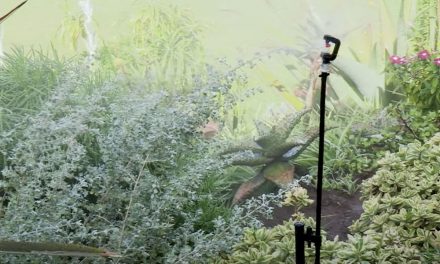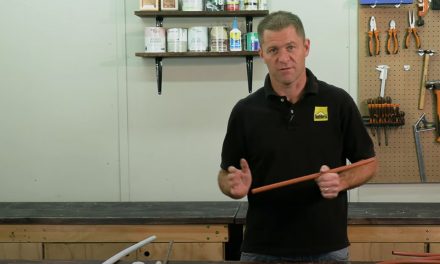Here are five affordable and effective ways to encourage wildlife into your garden.
1. Plant trees
So many properties, especially new gardens or gardens in estates, lack trees and yet they are the single most effective way to encourage wildlife to visit your garden. A large, mature tree is an entire ecosystem with some insects spending their whole lifecycles in them. And after all, what’s better than sitting in the shade of a tree on a hot day?
Trees add structure, depth and a feeling of space to our gardens, but they’re also a place of rest and shelter for our feathered friends. Birds need trees to nest and roost in, but they also forage for food in trees. Trees often supply food in the form of flowers, fruits and insect life, so you really can’t do anything better for wildlife than plant a tree or two.
The folk in the Garden section of Builders are there to give you advice on which trees will work well in your area and in the size garden that you have to work with.
Introduce water along with trees by adding a water bowl or bird bath near the base of the trees. Remember to keep these clean and topped up, especially during dry spells.

2. Diversified planting
Diversified planting is using a mix of different plants in a space. When you go shopping, make sure that you don’t only buy plants that are in flower at that time. If you do, then your garden will be full of flowers but only for that time of the year. You want a smorgasbord of plants that flower at different times of the year. If you go shopping once then buy some plants in flower and others that will flower in a few months. Otherwise pop into your Builders every three or four months and then do buy things in flower – then you’ll know you’ll have something in flower at intervals.
You also want different kinds of flowers flowering all the time. If you look at Statice (Limonium perezii), it’s low-growing and has lots of small white and purple flowers. Bees and other pollinating insects absolutely love it and it becomes a haven for them.
Salvias, on the other hand, are taller and have trumpet-shaped flowers that sunbirds love because their long beaks fit into them and they can sip the nectar from them.
Osteospermums and daisies have open, round, flat flowers with yellow centres that butterflies just flock to.
And never forget to include a few grasses in your garden. They look lovely most of the year with such great textures, but when they flower and set seeds the birds will be all over them, eating the seeds and having a great time.
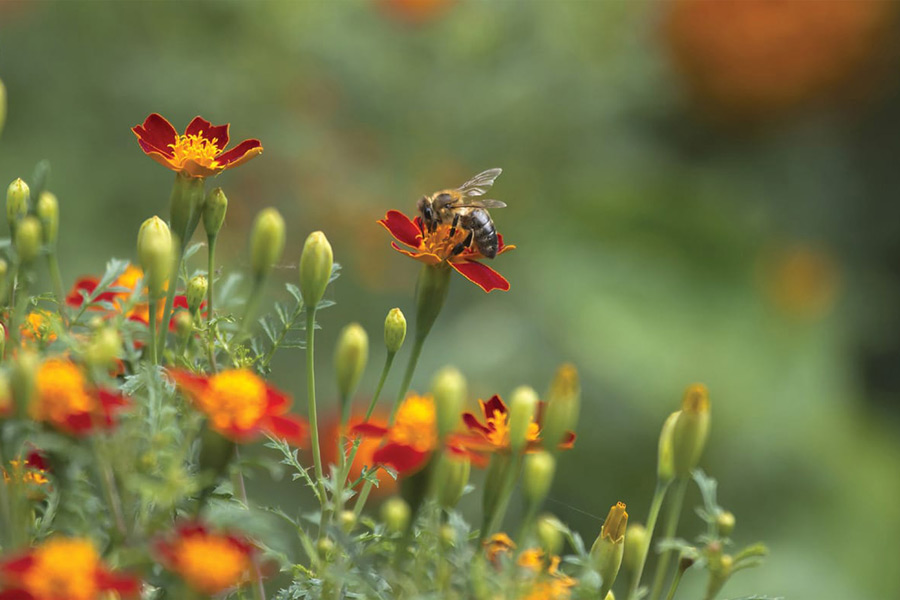
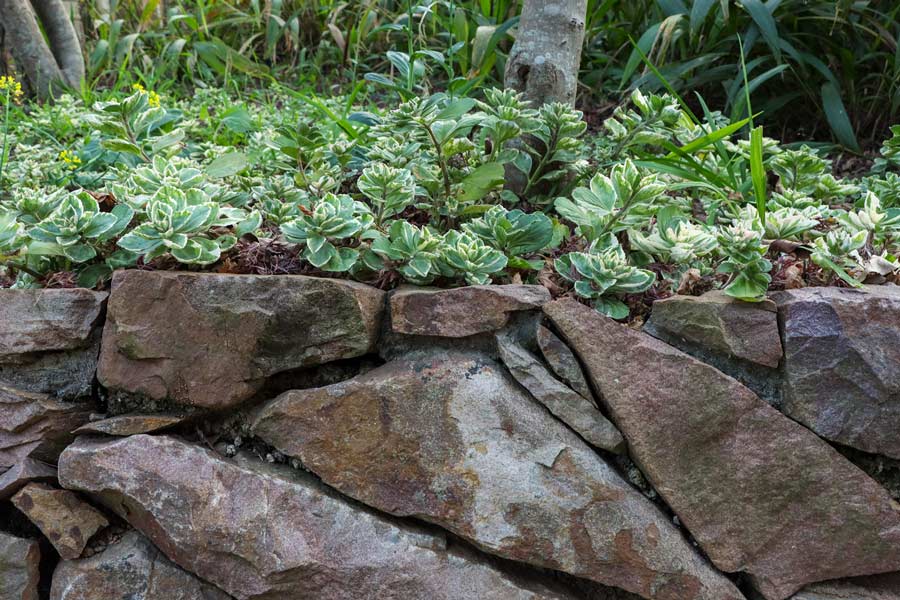
3. Sticks and stones
Whenever you clip or prune a tree or shrubs, instead of throwing the branches away and hauling them off to the dump, use them in the garden. Big logs can be real features over time, covered in moss and with real character. Piles of logs and branches also offer shelter to insects and break down over time to feed the soil.
Stone walls and big stones in flowerbeds are also a welcome element for wildlife – lizards and skinks love to laze in the sun on them and they also create little nooks and crannies for insects, toads and lizards to hide in.
4. Linking everything together
All the various elements of your garden need to be linked together somehow and the best way to do this is by encouraging self-seeding. When you’ve got plants in your garden that are prone to self-seeding, let them do it – let plants grow where nature lets them. This creates a beautiful, natural wildness to your garden full of biodiversity – you’ll get plants popping up haphazardly nowhere near their parents and these are all free plants too! Encourage this community of plants to create its own personality, which is when nature really kicks in.
And don’t think this only applies to big gardens of an acre or more. Even if you have a little garden, you can do this in just 1 m2 – you can pack plants into that space or you can even just leave a small patch of lawn to grow long. After a while you’ll notice birds hopping around in there looking for insects or eating the seeds off the grass as it finishes flowering. All of this blurs the boundary between us and nature and that’s what this type of gardening is all about.
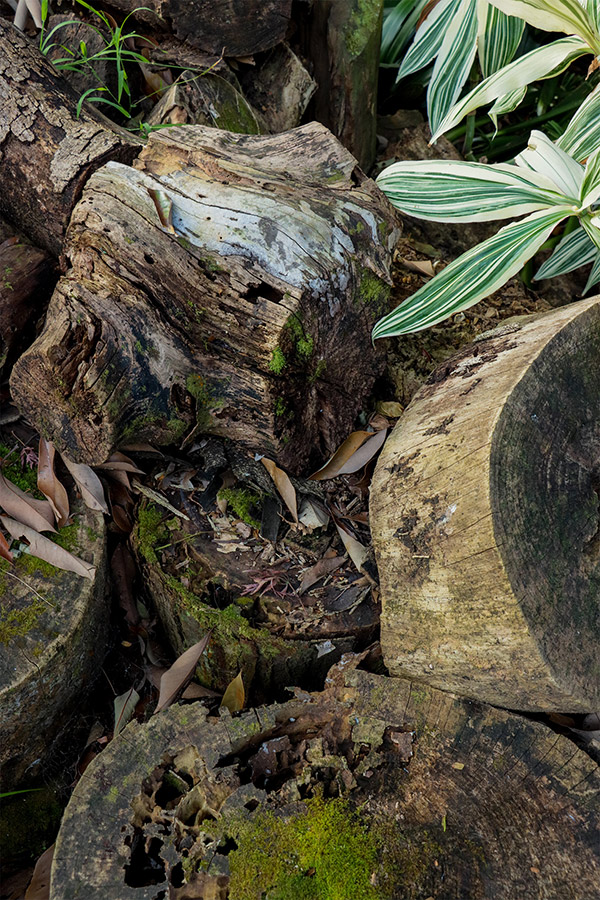
5. Responsible gardening
Our final tip is to be responsible – make the choice to change your gardening lifestyle by using organic products wherever possible. We’re talking about organic compost, making your own compost, to having a worm farm, to using organic fertilisers, to using organic pesticides or even biological pest and disease control. By doing all of this and combining it with the other four pointers, you can have a healthy, happy and wildlife-friendly garden that everyone can enjoy.
Never think for a moment that you can’t make a difference – you can always make a difference and our small actions can make a big change to the world.
Builders stocks organic solutions, composts and fertilisers, as well as plants. Visit your local store or buy online at builders.co.za. Get to Builders. Get it done.


